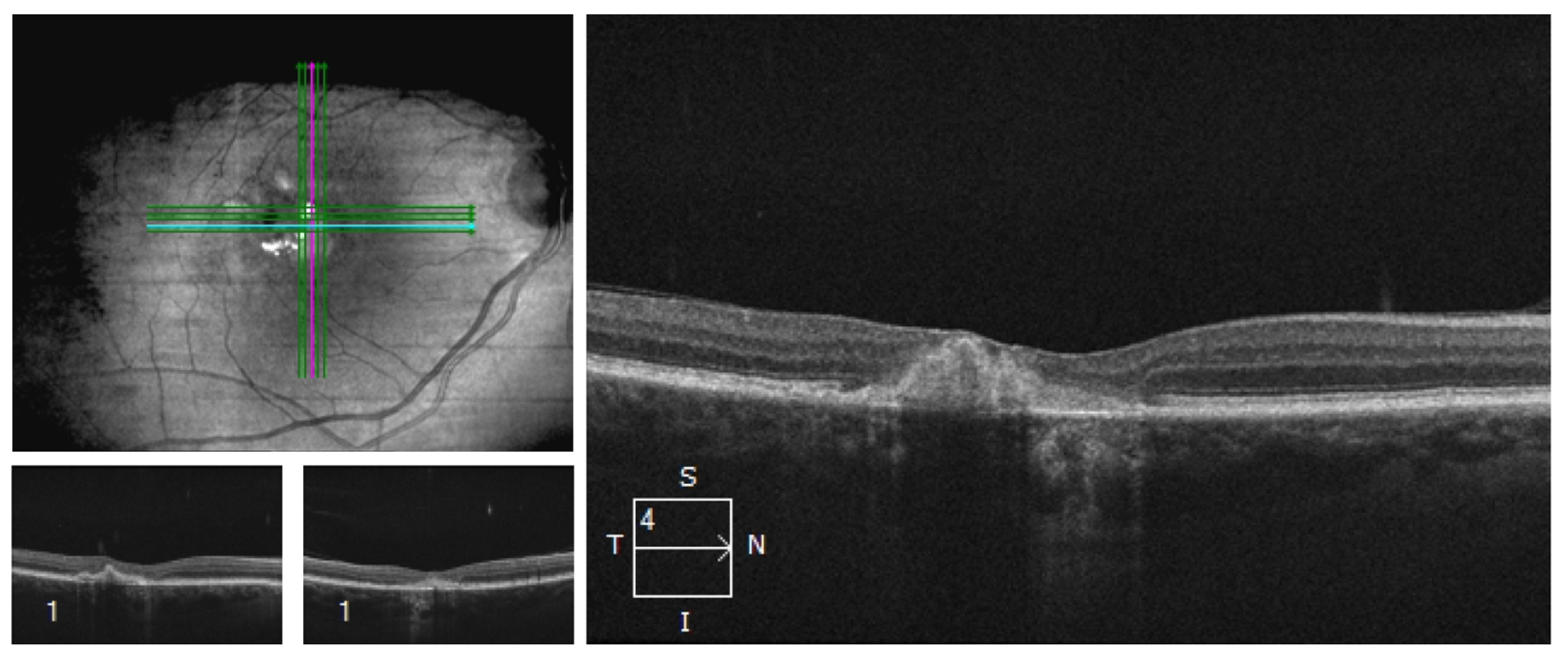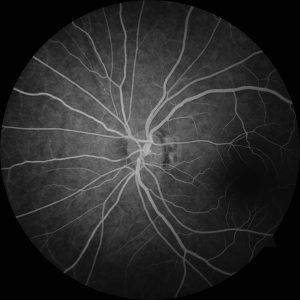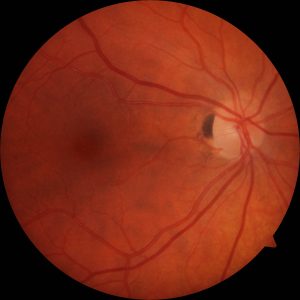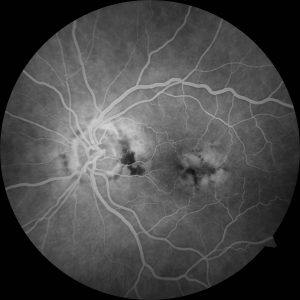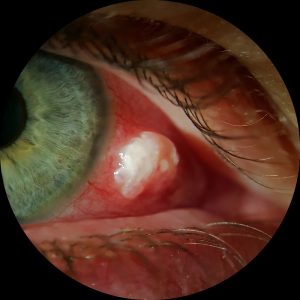Our Clinic
Providing the highest standard of care to our patients
We are comitted to providing expert level care in a friendly and professional atmosphere. Bringing together ophthalmologists with specialist expertise in a wide range of subspecialities and providing our patients with the latest diagnostic equipment and treatment options.

At Gladesville Eye Specialists we invest heavily in maintaining the latest technology to ensure our patients receive the latest in ophthalmolgical diagnosis and treatment that is tailored to the individual.
Our technology is sourced from all over the world and is operated by university trained orthoptists who have extensive experience.
Latest technology in cataract surgery
The IOL Master 700 is a machine used to take measurements of the eye before cataract surgery to determine the intraocular lens suited to the individual. It uses SWEPT Source Biometry® to take 2,000 scans of the eye per second to ensure that measurements are accurate and repeatable.
The complex scan measures the length of the eye, the curvature of the cornea, the depth of the anterior chamber and other measurements neededto ensure accurate calculation of the intraocular lens.
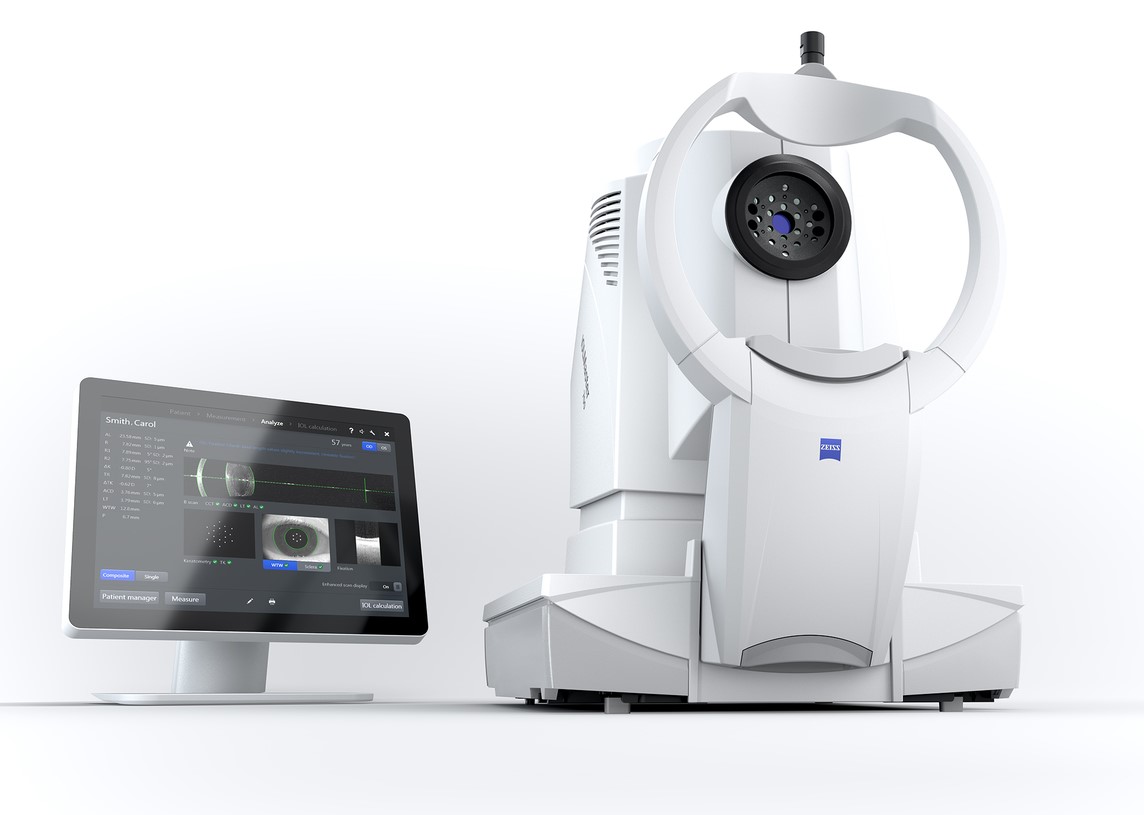
Digital retinal photography, angiography and anterior segment imaging
High quality, detailed imaging of the retinal surface and blood vessel layers is critical to enable accurate diagnoses and management of many retinal diseases.
Our doctors are able to take outstanding images and conduct indepth analysis and measurements using high-end software to not only aid in the diagnosis and management of eye diease but also to use in patient education.
Collecting and monitoring high quality images over time, in conjunction with other technologies such as OCT can enable subtle changes to be observed early, allowing for timely treatment which in turn preserves vision.
High definition macula, retina and optic nerve scanning
Using high-definition OCT equipment in our clinic, our ophthalmologists are able to identify tiny abnormalities within retinal layers that would otherwise be impossible to see using traditional retinal imaging. OCT is also used to track the progress of diseases such as macular degeneration, diabetic retinopathy, glaucoma and other disorders of the macula and retina.
